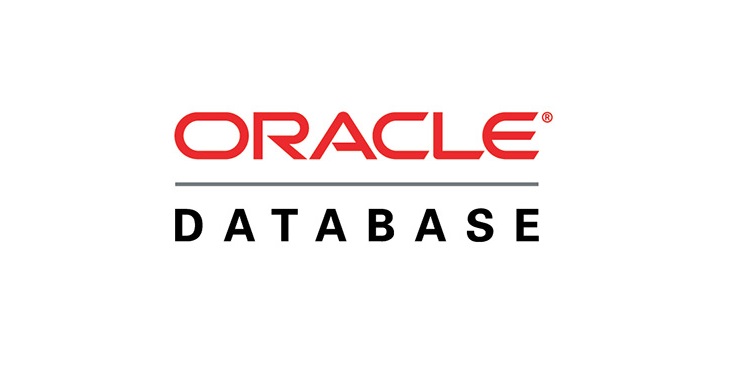Oracle and Microsoft Simplify the Path to Multicloud Choice
Cloud has fundamentally changed the way organizations develop applications, secure data, and manage infrastructure. The ability to quickly provision resources, scale on demand, and deploy globally has created new opportunities to innovate. In 2022, IDC expects spending on cloud infrastructure to outpace non-cloud infrastructure for the first time.
The multicloud reality
As usage of cloud increases, enterprises are finding themselves in a multicloud environment where applications and data are deployed in more than one public cloud provider. According to IDC’s 2021 IaaSView survey of 1,500 cloud buyers, 64% of respondents currently have a multicloud environment. Of those, 75% have an application in one cloud that regularly interacts with databases located elsewhere (either another cloud or on-premises).
There are several factors driving the use of multiple clouds. For many, it is part of a best-of-breed approach to selecting cloud services. For others, it is a method of mitigating vendor lock-in and diversifying risk. Perhaps most important, companies have reported starting with one cloud provider but expanded to others due to technical or architectural limitations.
Those that are operating a multicloud environment are quick to identify the challenges. Each public cloud has a different workflow and set of management tools that inhibit interoperability. There is a lack of unified security and monitoring across providers that limits visibility and increases the potential for vulnerabilities. It also is difficult to share large amounts of data between clouds due to concerns about the performance (high-latency connections) and cost (data transfer fees).
While some cloud providers offer a limited set of tools to help with integration, the burden of integration is typically put on the customer to solve. This is not surprising from a business perspective, since many cloud providers would rather customers be all-in on their platform than facilitate a multicloud scenario.
Breaking the multicloud barrier
If you look inside the datacenters of most enterprises, you will likely find two familiar brands of applications: Oracle and Microsoft. As CIOs plan their migration to cloud, the ability to move those applications and databases without compromising performance and availability is critical. Committed to serving their common enterprise customer base, Oracle and Microsoft have been partnering on an innovative approach to multicloud.
The first example of this was the Oracle Cloud and Microsoft Azure Interconnect, originally launched in 2019. It currently consists of 11 interconnected regions with more planned in 2022. Customers worldwide have taken advantage of this service which eliminates ingress/egress charges between clouds, provides less than 2ms of latency, and has fixed pricing based on the circuit size. Since it is a standard offering, provisioning is quick and the service provides full access to the broad portfolio of OCI and Azure services.
This first offering served as a foundation for future collaboration. The next logical step is to make it easier for Azure customers to provision Oracle databases in OCI. These databases include:
◉ Oracle Autonomous Database: A fully automated database service with machine-learning-driven tuning, scaling, and patching, running atop Exadata.
◉ Exadata Database Service: Scale-out infrastructure with unique optimizations at the source code-level, providing extreme performance, availability, and security.
◉ Base Database Service: Oracle Enterprise Edition or Oracle Standard Edition databases on bare metal or virtual machines, available with Real Application Clusters (RAC).
The new service is called Oracle Database Service for Azure, which is described as an Oracle managed intercloud service that enables customers to easily provision and manage Oracle databases running on OCI using an Azure native API and console experience.
The intent behind this new service is to solve the most common challenges of multicloud by creating an automated and seamless experience. Oracle recognized that Azure customers may not be familiar with OCI terminology and constructs, so it created a portal that looks familiar to Azure users. The single interface makes it easy to link OCI and Azure accounts. It can even create an OCI account during the setup process, if needed.
Once the accounts are linked with a simple handshake, it is then possible to provision OCI databases which appear as resources in Azure. The service automates the process of identity, networking, and monitoring integration. Oracle Database Service for Azure is supported via a joint model, where a ticket can be initiated with either cloud provider and with a coordinated resolution response.
The new service solves a major problem for Azure customers with on-premises Oracle deployments, allowing them to migrate their RAC and Exadata systems to the cloud. Oracle indicates that once customers experience the benefits of RAC and Exadata on-premises, including zero downtime during failures or planned maintenance and Exadata's highly optimized performance, they want the architectural equivalent in the cloud. Now Azure users can now run their Oracle databases on Exadata in OCI using a simple Azure interface. It’s essentially like operating two clouds as one and enabling large Microsoft application accounts to replicate their Oracle-Microsoft experience in the cloud.
A multicloud future
All market indicators point to a multicloud future – one where customers can pick and choose the best services to meet their needs without compromise. Oracle and Microsoft are leading the way by delivering multicloud solutions that automate the most common provisioning tasks with a consistent and familiar user experience. This allows customers to have a “best of both worlds” approach, unlocking the full portfolio of OCI and Azure services.
Azure customers also get the opportunity to benefit from the unique commercial programs that OCI offers including Universal Credits, BYOL, and Support Rewards as well as consistent pricing across regions and low data egress fees. It would not be surprising for modern developers to use this service as their introduction to Oracle databases, especially for high-performance, mission-critical applications.
Oracle promises more to come with MySQL HeatWave availability for Azure later in 2022. When major cloud providers work together, it is the customer that ultimately wins.
Source: oracle.com




0 comments:
Post a Comment